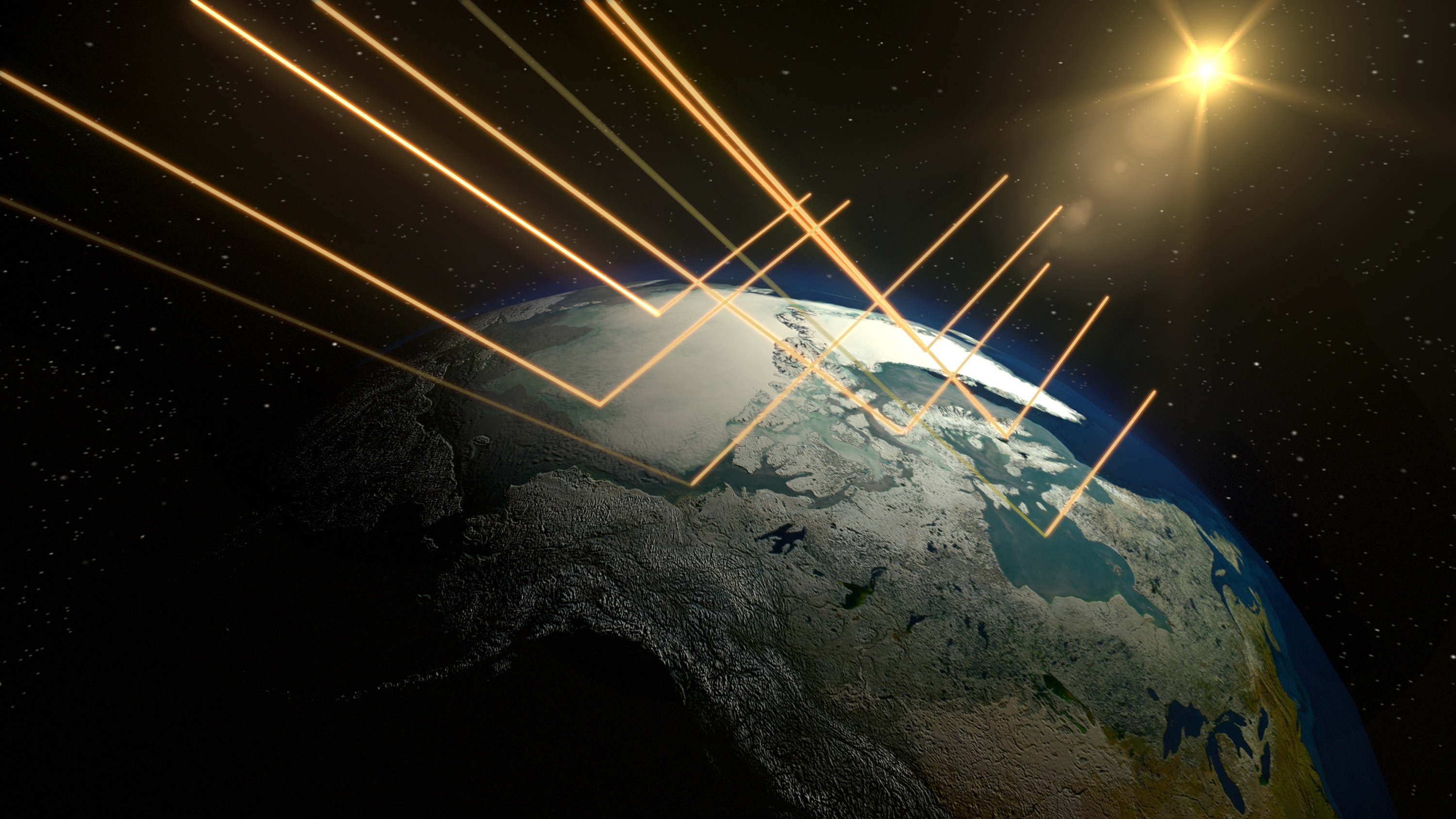Arctic glaciers play several vital environmental roles. They stabilize weather patterns and serve as natural air conditioners. However, the area is suffering from the calamitous impacts of global warming; the glaciers are melting at exceptionally rapid rates, causing the ice cover to shrink and sea levels to rise.
When we visualize glaciers, we think of stretching white sheets of ice covered with snow. These white surfaces reflect the solar energy back into space—a feature known as the albedo—contributing to regulate the Earth’s climate. The word albedo is Latin for “whiteness”; it describes the ability of a surface to reflect sunlight. Ice, covered with snow, has a very high albedo.

In a relatively new study published in the Nature Communications journal in 2016, a group of researchers revealed an alarming threat to the Arctic albedo feature. In fact, the Arctic white surfaces are turning red due to red pigmented snow algae—creating what is known as watermelon snow. The darkened icy surfaces reduce the glaciers’ ability to reflect sunlight; alternatively, they soak up more heat and cause higher melting rates. What we have here is a vicious circle that aggravates the greenhouse effect. The warmer the glaciers get, the better the conditions become for the red algae to thrive and further darken the ice surface, and so on.
Snow algae are prolific colonizers that are in peak activity in Spring and Summer. They produce red pigmentation as a protection mechanism against irradiation. The algae have strong light absorption properties, which causes the ice to get warmer, and melt faster.

Aportrait of red algae by artist Janne Malmros.
Researchers collected samples from geographically well-separated glaciers across the Arctic region. They found the patterns for snow algal communities are ubiquitous in diversity and pigmentation. In other words, the red algae are cosmopolitan and independent of location-specific factors, and hence, can reproduce everywhere.
“We have shown that this phenomenon, known as red snow, can reduce the surface albedo by up-to 20%, which in turn further increases melting rate of snow,” says the study. Alarming as the matter seems to be, the researchers maintain that such a “bio-albedo” effect must be considered in climate studies, and more attention should be payed to “glacial microbiology”.
Read more about the threats to the Earth Arctic cycle in SCIplanet:
References
lutz, S. et al. The Biogeography of red snow microbiones and their role in meting arctic glaciers, Nat. Commun. 7:11968 doi: 10.1038/ncomms11968 (2016).